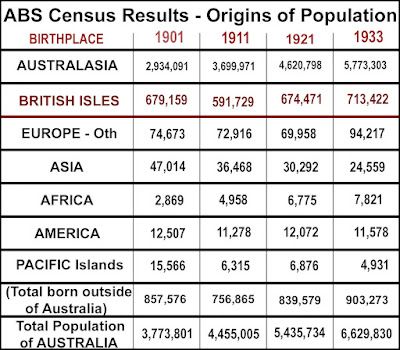THE ROAD TO WIGAN PIER

ONE The Road To Wigan Pier (Pt 1) by George Orwell (Eric Blair 1937, Victor Gollancz 1947, Secker & Warburg 1949, Penguin 1962) The train bore me away, through the monstrous scenery of slag-heaps, chimneys, piled scrap iron, foul canals, paths of cindery mud criss-crossed by the prints of clogs. This was March, but the weather had been horribly cold and everywhere there were mounds of blackened snow. As we moved slowly through the outskirts of the town we passed row after row of little grey slum houses running at right angles to the embankment. At the back of one of the houses a young woman was kneeling on the stones, poking a stick up the leaden waste-pipe which ran from the sink inside and which I suppose was blocked. I had time to see everything about her ― her sacking apron, her clumsy clogs, her arms reddened by the cold. She looked up as the train passed, and I was almost near enough to catch her eye. She had a round, pale face, the usual exhausted face of the slu

